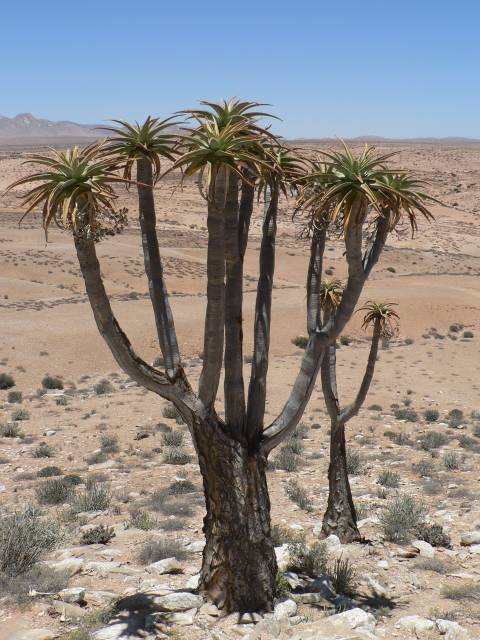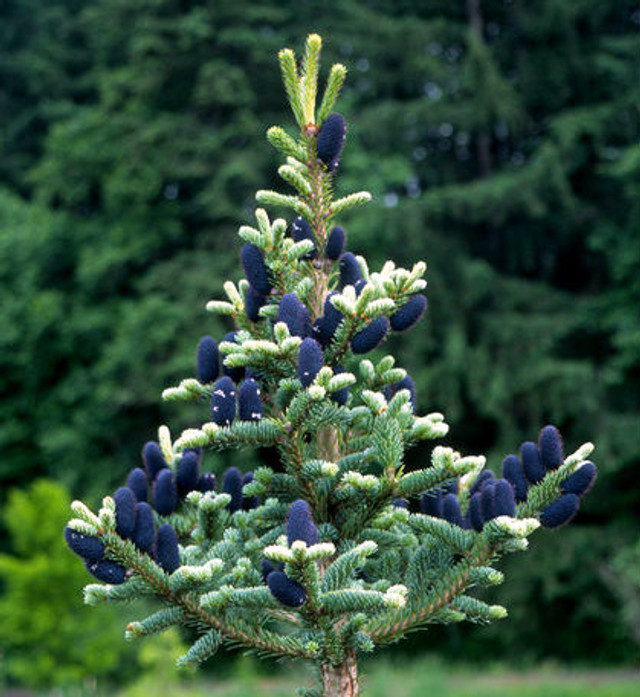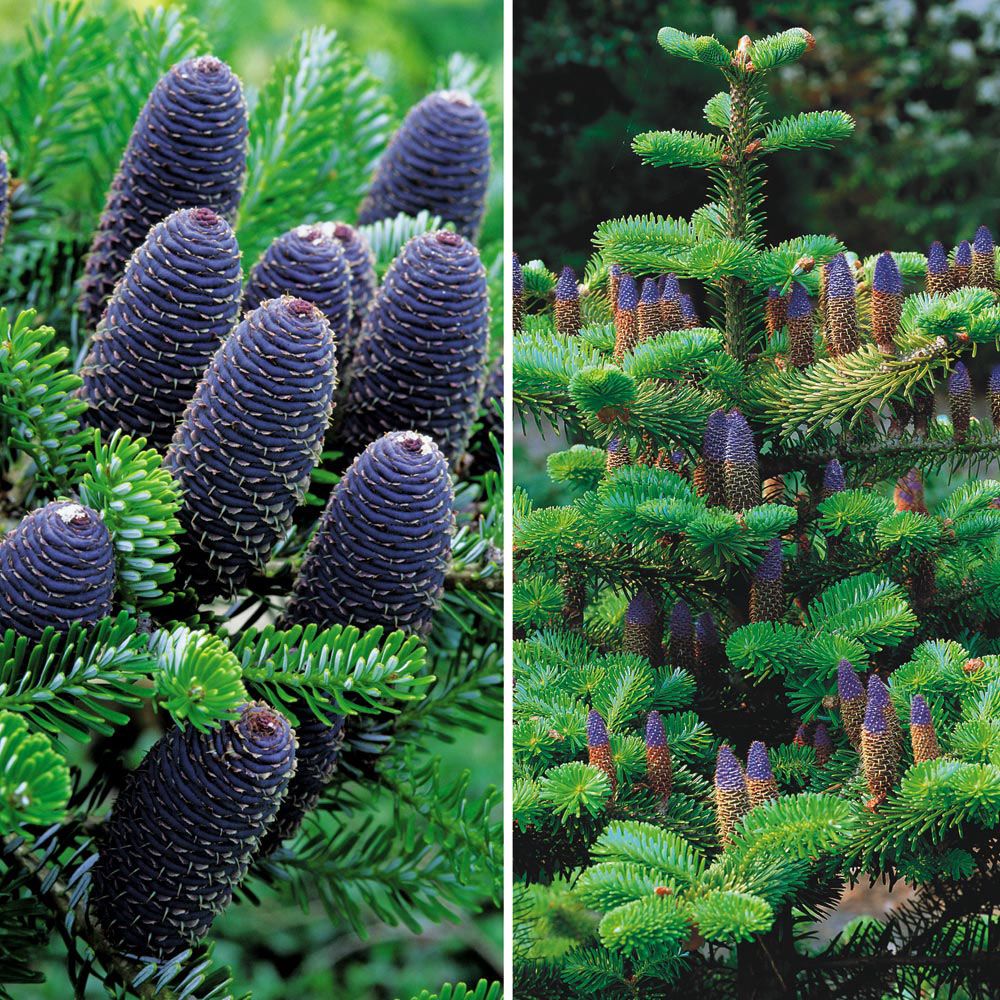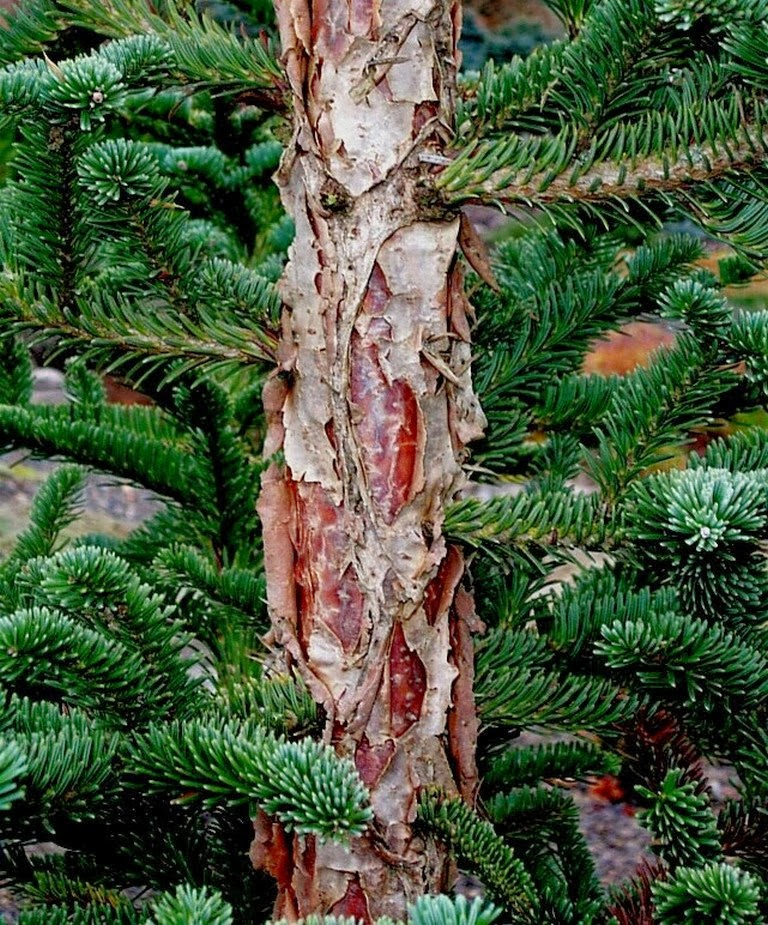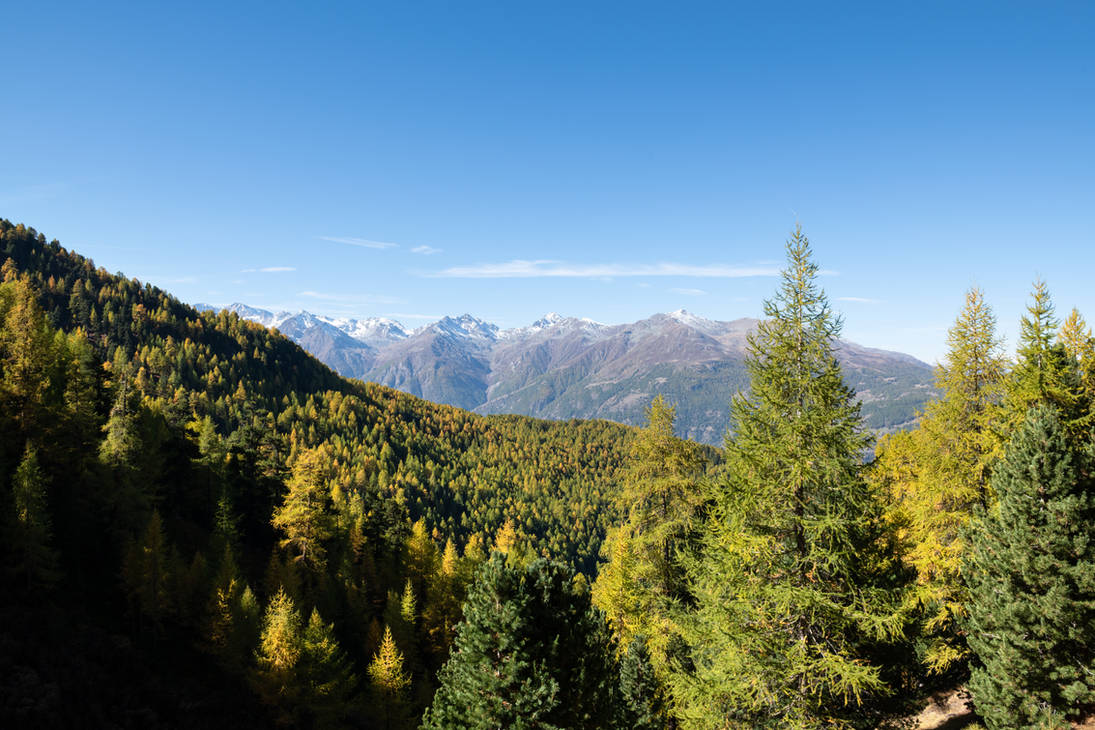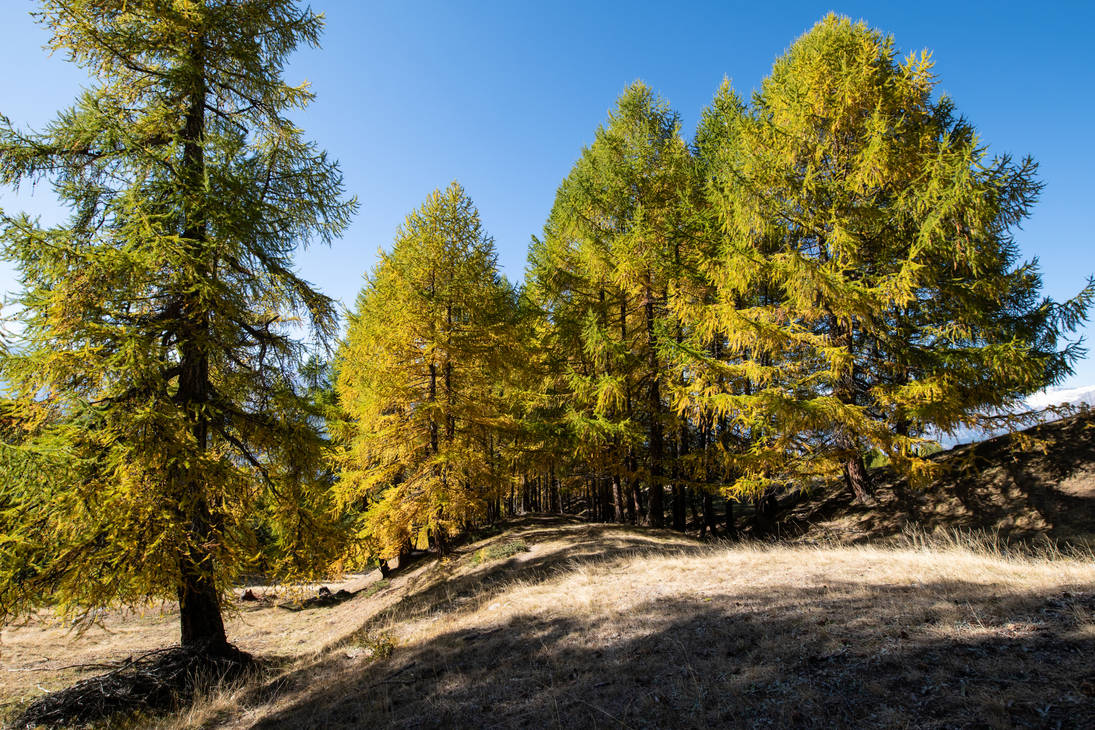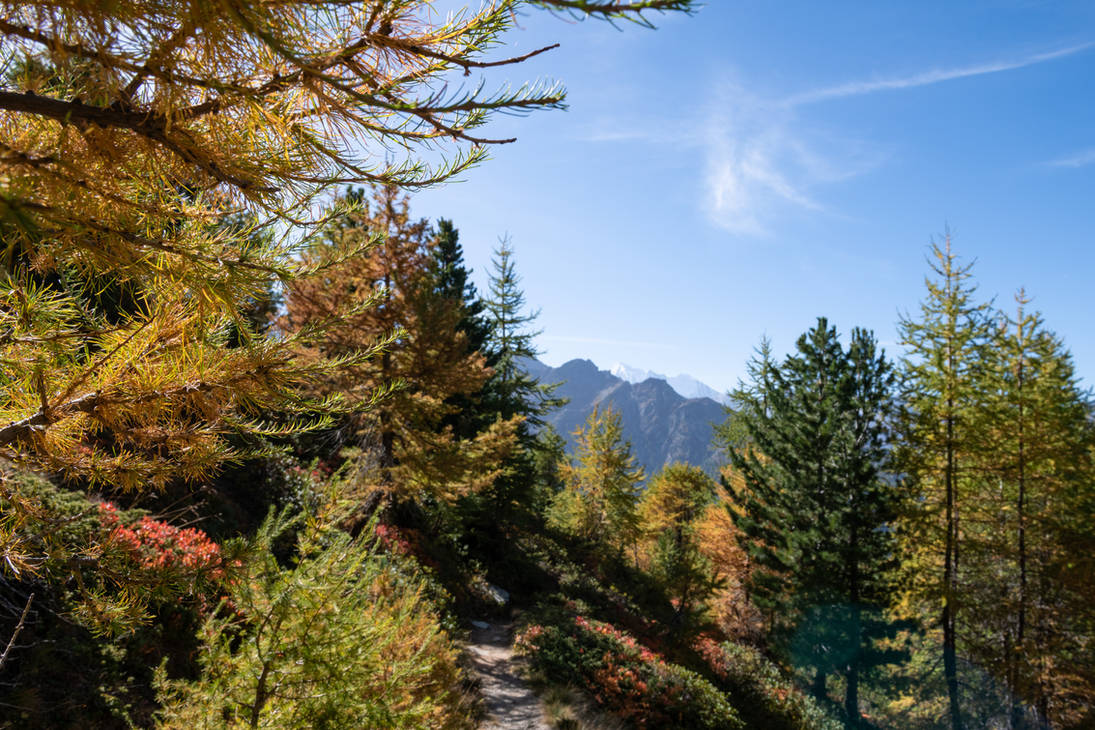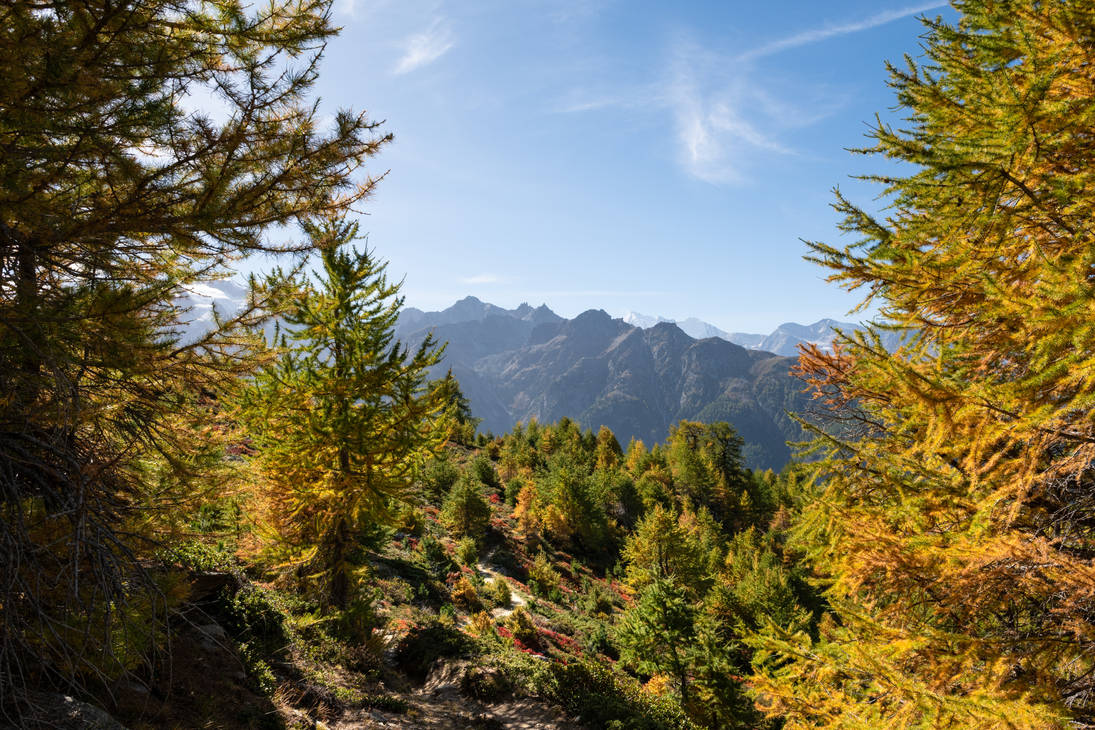The Preserver
Full Access Member
- Joined
- Jun 26, 2020
- Messages
- 73
- Reaction score
- 53
- Hardiness Zone
- 6B
- Country

Canary Island Dragon Tree
( Dracaena draco )
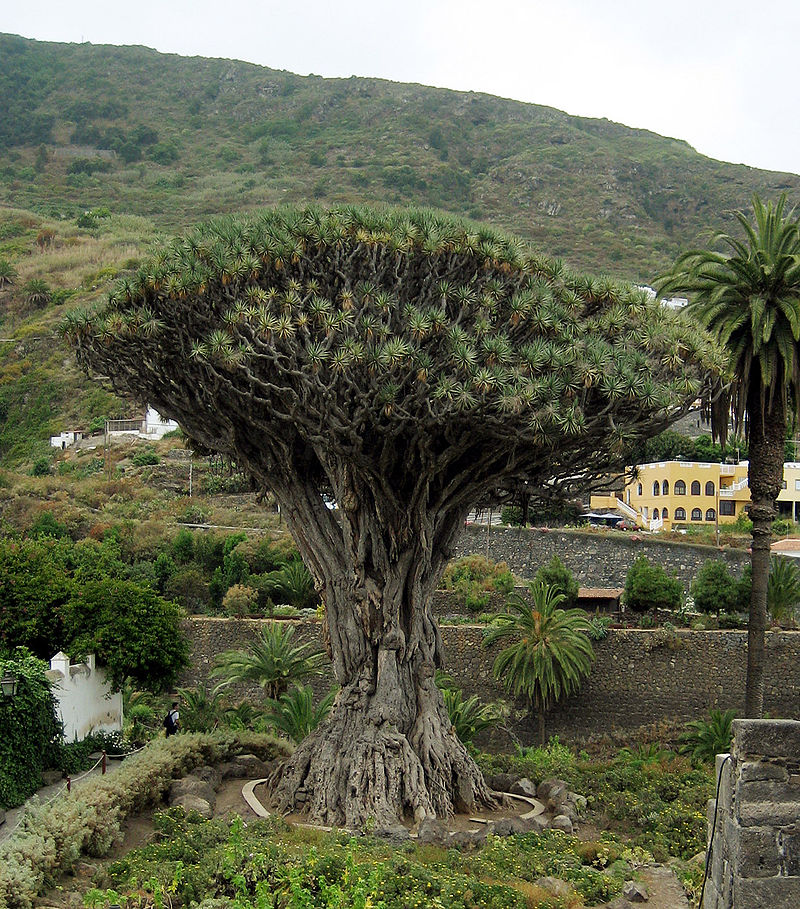
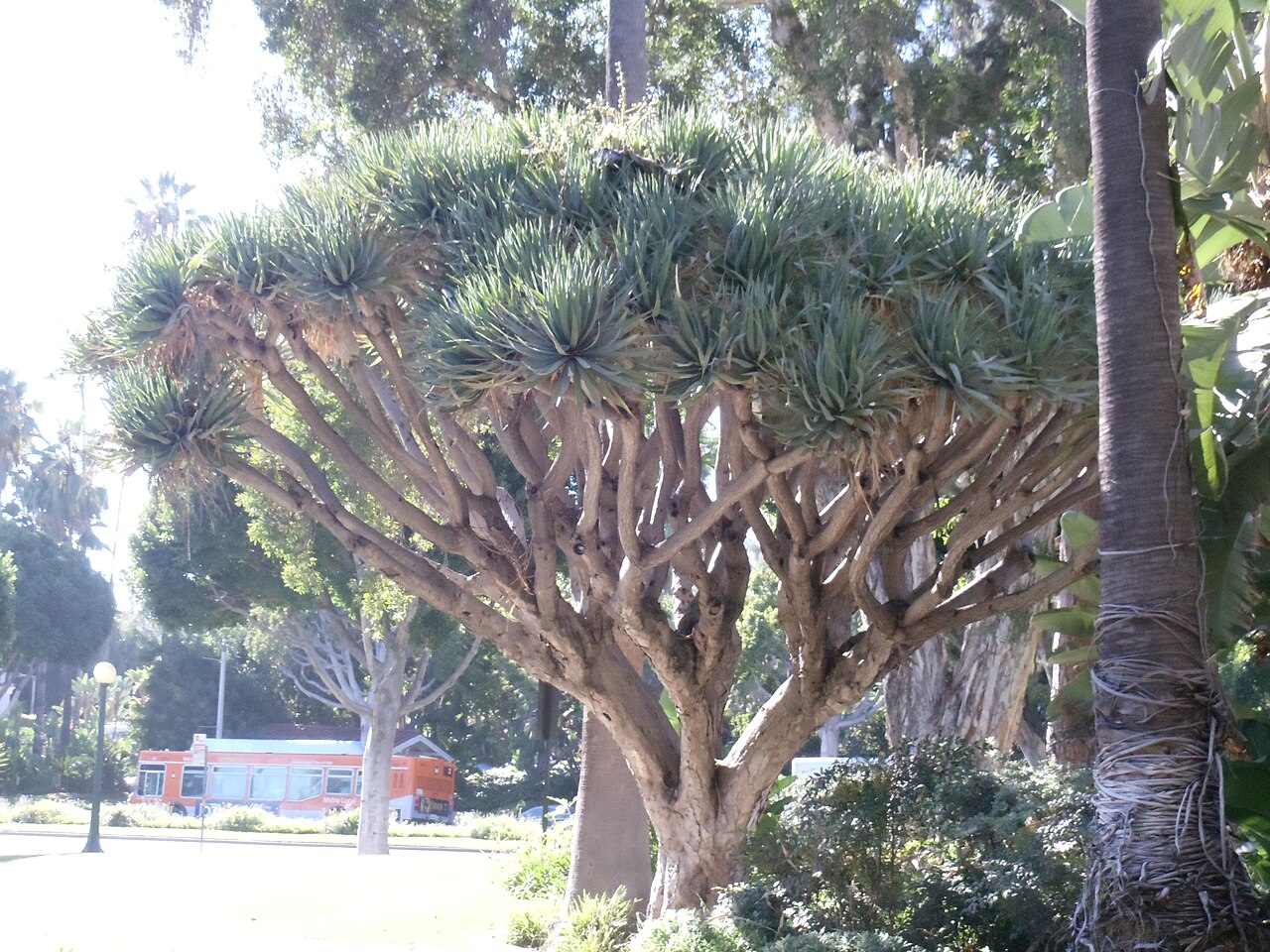
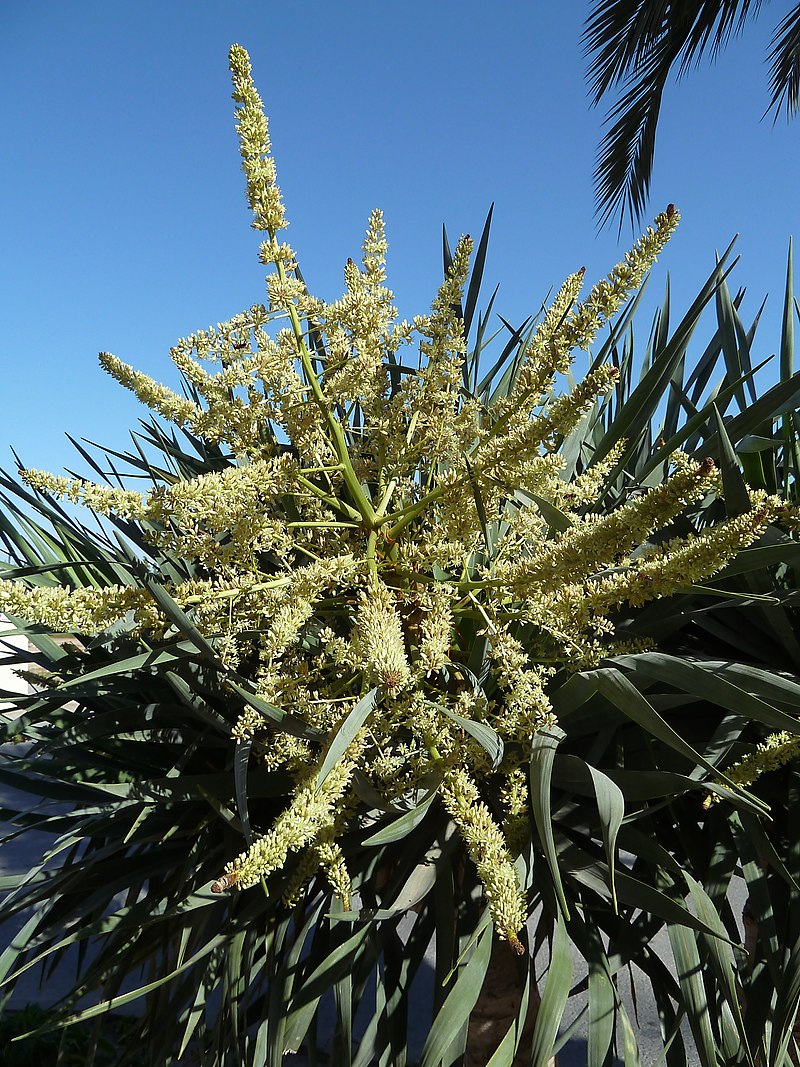
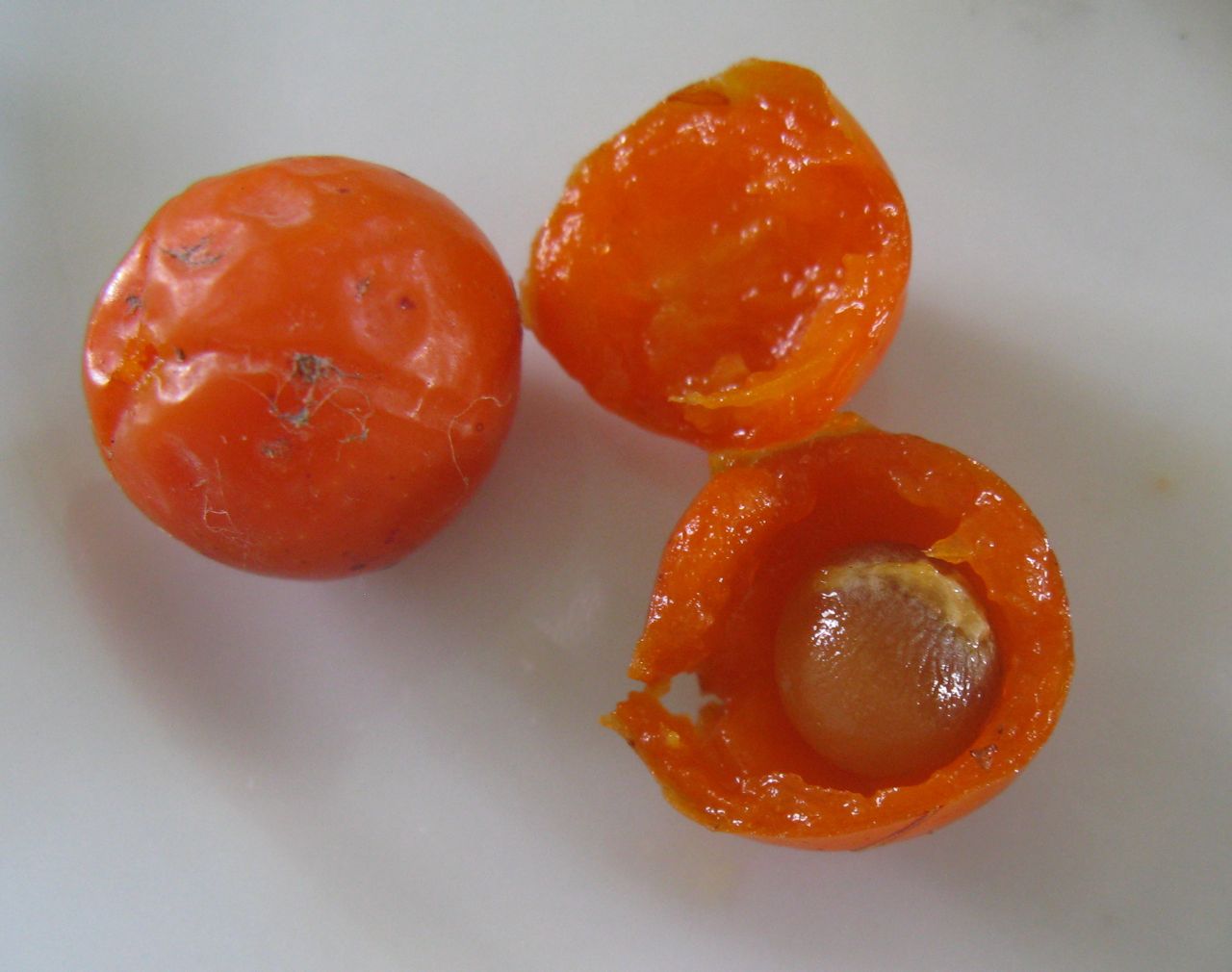
The exotic flora of the Canary Islands is seldom ever talked about for some reason. The archipelago is home to a whole host of endemic species which includes a species of Date Palm and the largest Pine species in the entire old world. Since it is believed that one or more of these islands may one day sink to the bottom of the ocean, it creates a special urgency to plant some ex situ colonies of some of its unique flora using seed collected from heterogeneous individual parent specimens to ensure maximum level of genetic diversity within the populations before that cataclysm materializes. The featured species in the above images is the storied Dragon Tree. It is thought to be the closest living relative of the Socotra Dragon Blood Tree ( Dracaena cinnabari ), and is believed to be the largest member of its genus. It is a member of the order Asparagales and a monocot, meaning that it would be distantly related to Palm Trees. Like its relative that grows on an island located between the Arabian Sea and the Indian Ocean, this tree is known for producing a red resinous sap that resembles iron based blood. The species grows in arid subtropical conditions, making it a great choice in a Mediterranean type climate. Despite its common name, this is not the species that produces Dragon Fruit. In some articles I have read featuring D. cinnabari, the columnists make the mistake of conflating the history of the two species with one another. In the anecdote that we sometimes read about concerning ancient literature from the Bronze and Iron Age, it has been alleged by some that the serpent-like dragon named Ladon who guarded the orchard with the Golden Apples in the "12 Labours of Hercules" was actually a veiled Easter Egg reference to this tree. Considering the proximity of the Canary Islands to the Strait of Gibraltar and the Atlas Mountains, if the myth of Hercules had anything at all to do with a tree from the Dracaena genus, it would have most likely been this species. Dracaena draco is currently considered to be endangered, and only has wild populations of distribution on the islands of Madeira and Tenerife, and in the Southwest corner of the Atlas Mountains in Morocco. Other populations are thought to be the result of early human introductions.( Dracaena draco )




